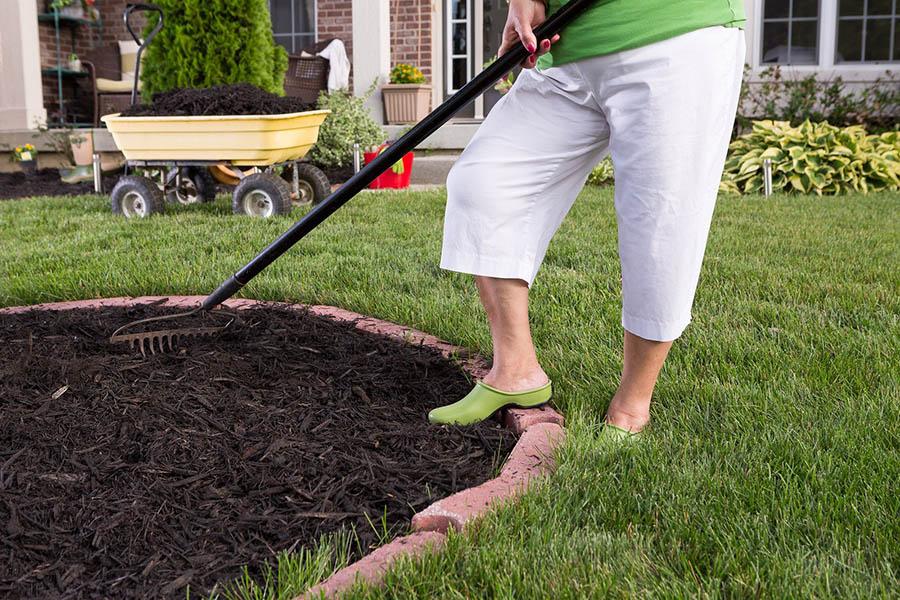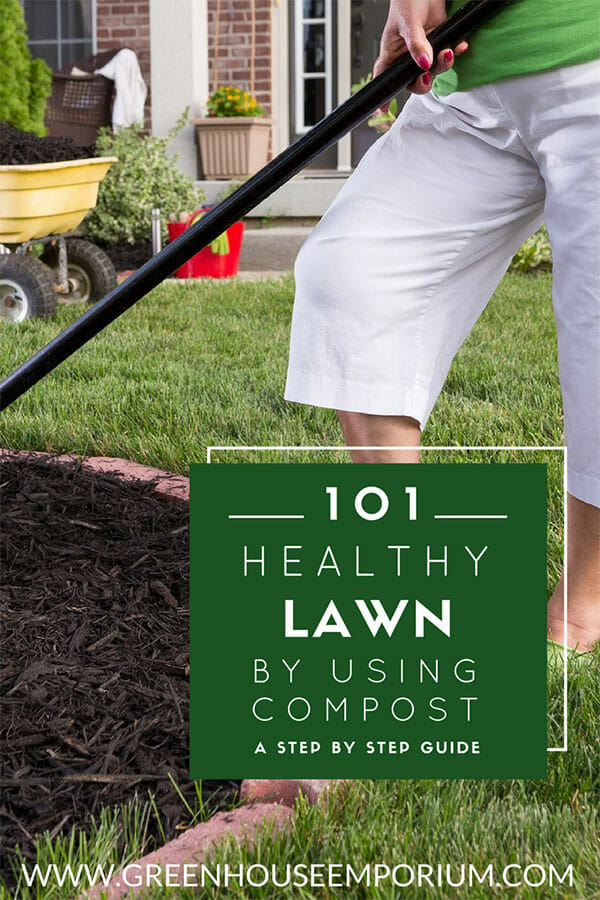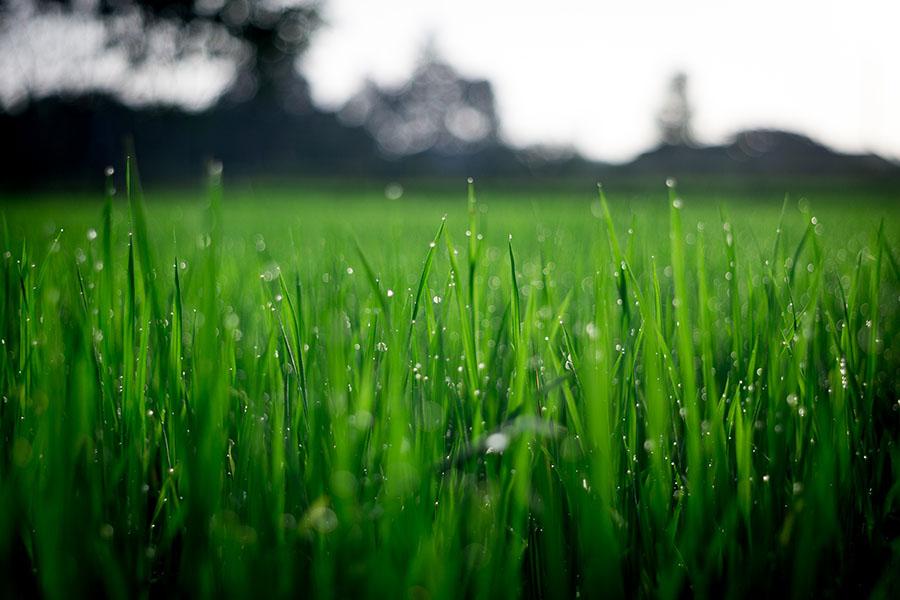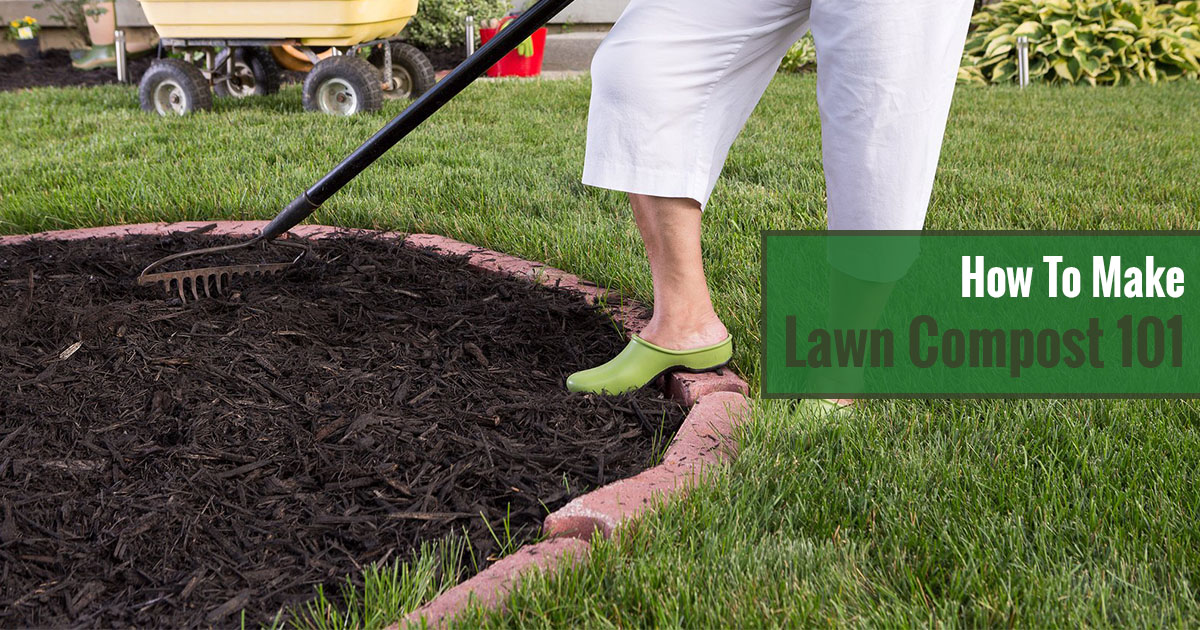
A healthy lawn requires soil which is rich in nutrients. If your lawn is healthy, it will be denser and resistant to weeds. A healthy lawn will also be less susceptible to drought, pests, and other problems. If you use the right fertilizer, mowing, watering and topdressing techniques your lawn will look healthy and will also be easier to maintain. Your lawn is one of the first things guests will notice when they come to your home, so make it stand out by maintaining it the right way.
One extremely effective way to maintain your lawn is by starting your own compost pile. Compost is an effective way to grow your lawn as it is rich in nutrients, light in texture, and gives your grass what it needs to stay healthy, thrive and grow.
The best thing about starting a compost pile is that you can make compost yourself using scraps you collect from your own kitchen like coffee grounds, vegetable scraps and other organic material like grass clippings. If you are smart and diligent about collecting your compost, you can wind up with enough compost to use on your lawn in only a few months. Although it sounds pretty easy, there are some things you need to know about composting to get the best results in the quickest amount of time.
What is lawn compost?
At its most basic level, lawn compost is an organic material that has decayed or decomposed and is then used as plant fertilizer. Having your own compost heap is also a key component of organic farming and is generally the preferred form of farming most people will use.

Compost is an organic matter that is recycled as a fertilizer and/or soil. Organic composting is generally a simple process that involves turning large amounts of organic matter like food and leaves into humus after the minerals break down.
Humus itself is a dark-colored (usually dark brown or black) substance that is made of plant and animal matter that has decayed and decomposed. Humus gives your plants and your lawn nutrients and also increases water retention in the soil.
Making your own lawn compost is a quick and easy process. This guide will walk you through the process and the steps of getting your lawn compost prepared and ready for a healthier, nutrient-rich lawn.
What do you need to make lawn compost?
Making your own lawn compost requires a few basic tools and supplies. You will need the following materials and tools to make your own compost:
- Compost bin
- Shovel or rake
- Yard trimmings and food scraps like veggies and fruits
- Scissors or a knife
- Hose
- Twigs or straw
Preparing compost
- First, you’ll need a compost bin. You can either purchase one or make one yourself using any type of plastic bin that is large enough.
- Know what you’re scrapping. Avoid scraping meat or any animal products that can attract maggots and flies. Avoid grains, which can attract rodents. Things you should throw in the compost include veggies, fruits, yard trimmings, and paper products.
- If you have any large pieces of compost, cut them using scissors or a knife.

How to make the compost?
- Put 2 to 4 inches of kitchen scraps and green plant matter into the very bottom of your compost bin, layering it completely. This layer is known as the green layer. Once the bottom of the bin is completely covered, shovel in a layer of soil.
- Use shredded paper and wood trimmings to cover the green layer. This is the brown layer. One tip to remember is to moisten the brown layer so that it is slightly damp but not soggy.
- Now it’s time to alternate between adding in green and brown layers. Keep in mind that generally, your brown layer should be two times bigger than your green layer.
- Regularly mix the compost using a shovel or a rake. Ensure that the compost is damp but not too soggy.
- After a few months, your organic compost is ready. You can start a new pile or stop adding to your already existing pile of compost. Continue mixing the compost and moistening it even when it is done.
What to do with your finished compost?
Once you think your compost is finished, you’ll need to check to ensure that it is indeed ready to be used. Smell it, feel it, and see how it looks. You will know its finished when:
- It has an earthy smell to it
- Crumbles when you touch or place it in your hand
- Is black or dark brown in color
- If you’re hesitant that it’s not ready, leave it for a few more weeks. If all looks good, it’s ready for use in your yard.
- If there are any bare spots on your lawn, dig your compost into the first two inches of the bare area and place fresh grass seed or new sod onto those areas.
- Any existing turfgrass should be covered with roughly half an inch of compost.
- Once covered, rake the compost evenly across the grass.
- After the layer has been applied, water it for 15 minutes.

The Benefits of Composting
Composting your lawn will keep it healthy and full of nutrients. It is recommended that you compost your lawn 2 to 3 times a year for optimal health.
Compost is the most preferred way to keep your lawn healthy because it is an organic and safe solution. By using compost, you avoid using potentially harmful fertilizers and/or pesticides in your yard, making compost a much better alternative.
Compost is great for your garden or yard because it has beneficial nutrients like:
- Nitrogen
- Phosphorus
- Potassium
- Zinc
- Copper
- Manganese
- Iron
Other amazing benefits of compost include:
- Doesn’t stain concrete
- Doesn’t smell
- Works fast
- Is efficient
- Helps the structure of the soil
- Causes fewer pest problems
- Is less prone to disease
- Is extremely cost-effective
Don’t underestimate the benefits of composting your lawn. If you take your lawn very seriously and haven’t learned about the benefits of using compost on your lawn, you should definitely try it out.
































